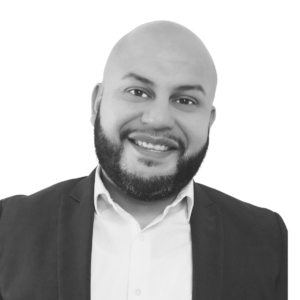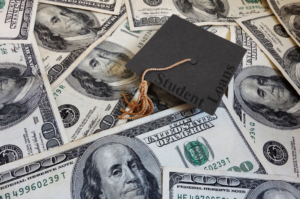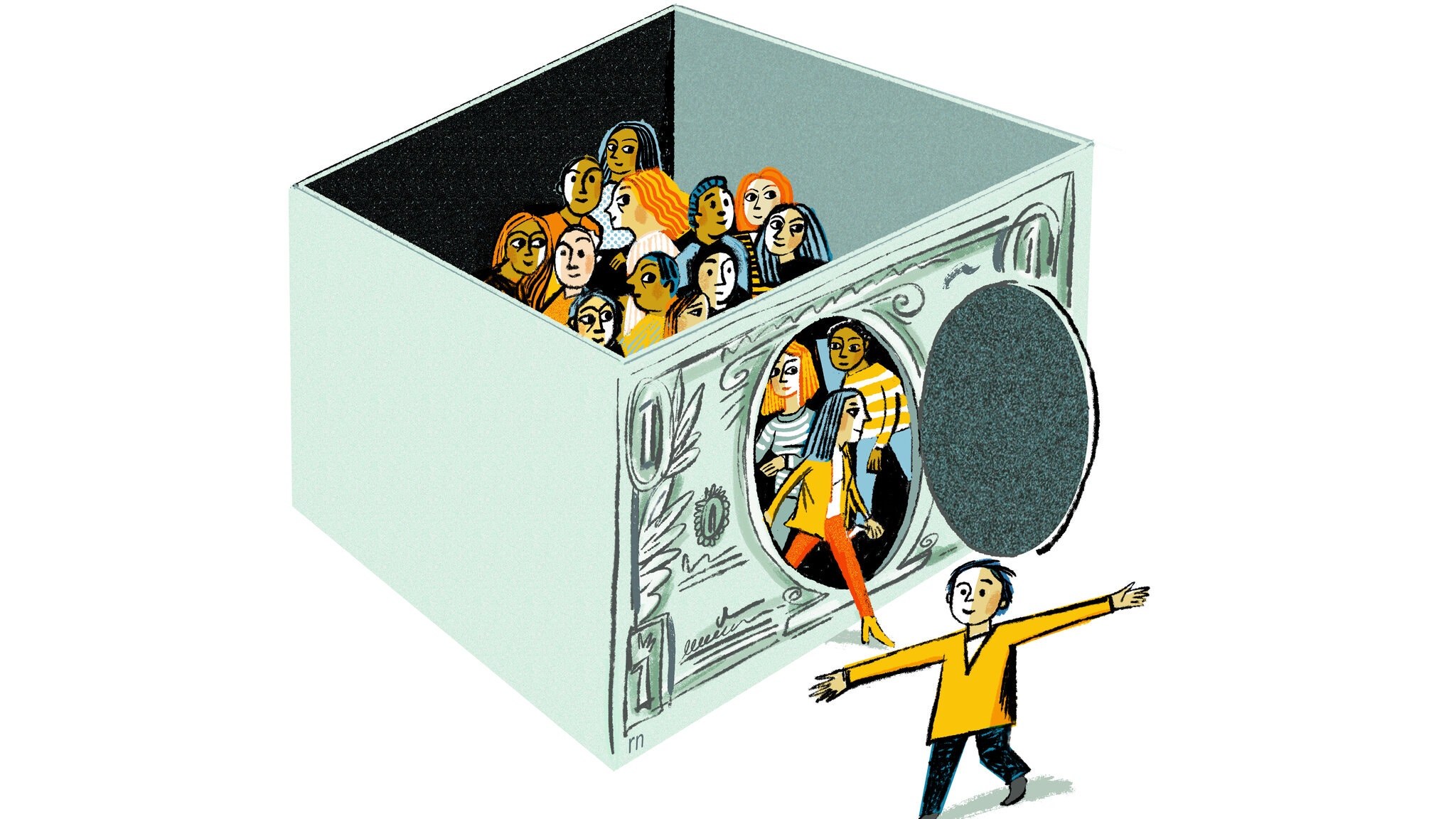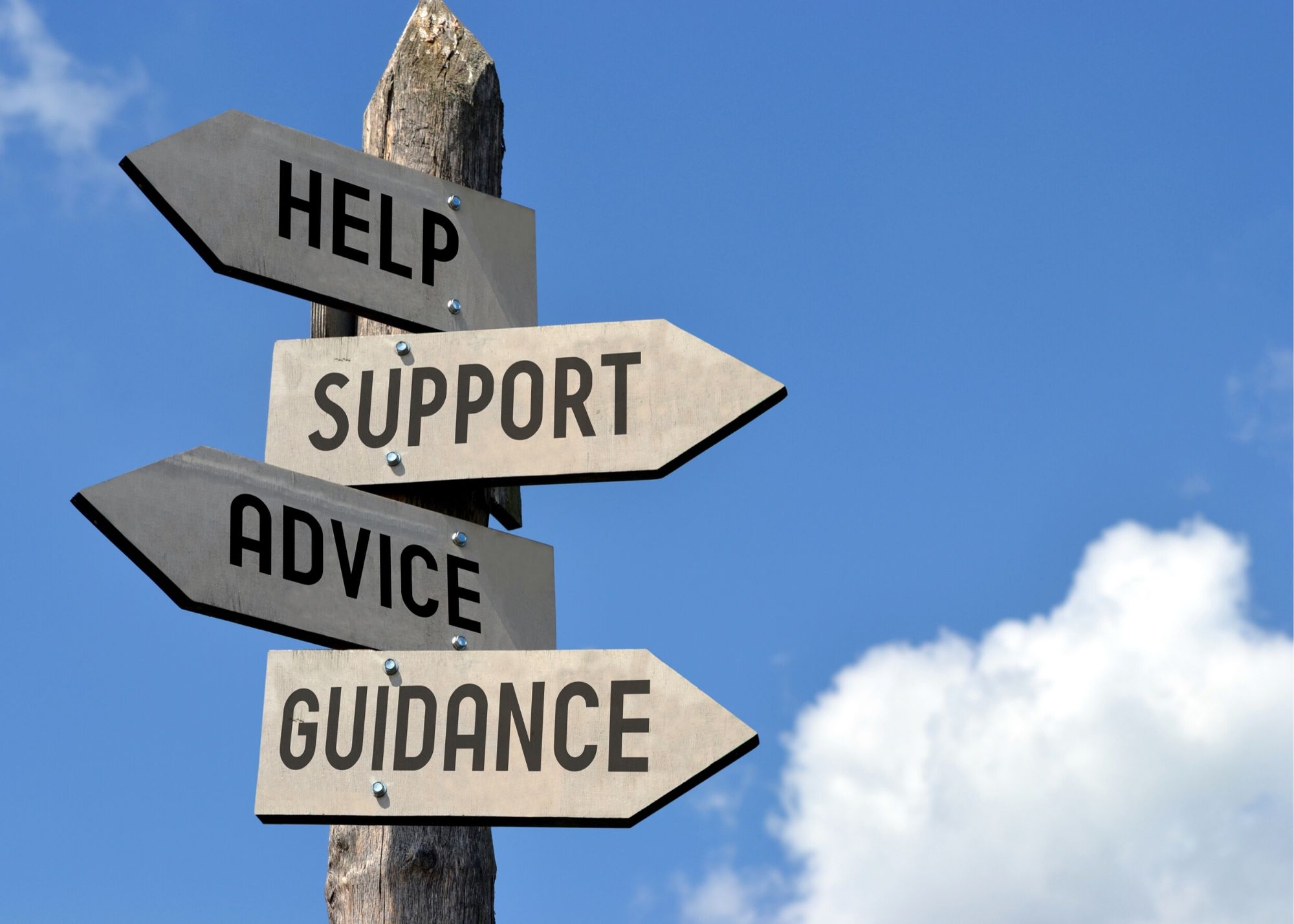Editor’s Note: If you don’t recognize Carlos’ name yet, you will soon. Carlos Quintanilla is the newest addition to the SPP team. Most of you know Susan Snyder who basically makes sure everything gets done around here – well, we’ve finally got Susan some help in that, welcome Carlos (you can learn a bit more about Carlos in his bio below this post). Having his own student loans to manage, Carlos had a lot of questions about how the new relief program will work. Regardless of how you feel about the topic of debt relief, anyone with student loans will have questions about the logistics of the program and Carlos thought he would share what he has learned. – Shaun
The Rundown
On March 2020 when the world was struck by a global pandemic, the US government passed the Covid-19 Emergency Relief which pause student loan payments, offer 0% interest rate and stopped collections on defaulted loans during a certain period. Many benefited from this bill as jobs were lost and economy took a toll.
During Biden’s presidential campaign in 2020, he promised to provide student loan forgiveness of some sort. On August 24th, the Biden Administration announce a Student Loan Debt Relief Plan, a plan providing family breathing room as they prepare to start re-paying loans after extending the student loan pause five time and is set to resume on January 1st, 2023.
The Student Loan Debt Relief Plan is a three-part plan to provide targeted debt relief as part of a comprehensive effort to address the burden of growing college costs and make the student loan system more manageable for low-to middle income working families.
The Biden Administration’s Student Loan Debt Relief Plan:
Part 1. Final extension of the student loan repayment pauses
- To ensure a smooth transition to repayment and prevent unnecessary defaults, the Biden-Harris Administration will extend the pause a final time through December 31, 2022, with payments resuming in January 2023.
Part 2. The U.S. Department of Education will provide targeted debt relief to low- and middle-income families
- Up to $20,000 in debt cancellation to Pell Grant recipients with loans held by the Department of Education (Pell Grant is a federal program focused on lower-income families)
- Up to $10,000 in debt cancellation to non-Pell Grant recipients.
- Borrowers are eligible for either relief if their individual income is less than $125,000 or $250,000 for households.
- In addition, borrowers who are employed by non-profits, the military, or federal, state, Tribal, or local government may be eligible to have all of their student loans forgiven through the Public Service Loan Forgiveness (PSLF) program. For more information go to PSLF.gov.
Part 3. Make the student loan system more manageable for current and future borrowers
- A new rule is being propose which will create a new income-driven repayment plan that will substantially reduce future monthly payments for lower- and middle-income borrowers.
The rule would:
-
- Require borrowers to pay no more than 5% of their discretionary income monthly on undergraduate loans. This is down from the 10% available under the most recent income-driven repayment plan.
- Raise the amount of income that is considered non-discretionary income and therefore is protected from repayment, guaranteeing that no borrower earning under 225% of the federal poverty level—about the annual equivalent of a $15 minimum wage for a single borrower—will have to make a monthly payment.
-
- Forgive loan balances after 10 years of payments, instead of 20 years, for borrowers with loan balances of $12,000 or less.
- Cover the borrower’s unpaid monthly interest, so that unlike other existing income-driven repayment plans, no borrower’s loan balance will grow as long as they make their monthly payments—even when that monthly payment is $0 because their income is low.
What do I need to do in order to receive loan forgiveness?
- If you’re currently enrolled in school, you do not need to do anything. because relevant income data is already available to the U.S. Department of Education. Forgiveness will be applied automatically.
- If the U.S. Department of Education doesn’t have your income data, the Administration will launch a simple application which will be available by early October.
- Once a borrower completes the application, they can expect relief within 4-6 weeks.
- Borrowers are advised to apply before November 15th in order to receive relief before the payment pause expires on December 31, 2022.
- The Department of Education will continue to process applications as they are received, until December 31, 2023.
- If you would like to be notified when the application is open, please sign up at the Department of Education subscription page.
It is important to mention that debt forgiveness is usually tax eligible but thanks to the American Rescue Plan, this debt relief will not be treated as taxable income for the federal income tax purposes.
According to a Department of Education analysis, the typical undergraduate student with loans now graduates with nearly $25,000 in debt. The skyrocketing cumulative federal student loan debt—$1.6 trillion and rising for more than 45 million borrowers—is a significant burden on America’s middle class. Low and middle-class borrowers struggle with high monthly payments and ballooning balances that make it harder for them to build wealth. The idea is that borrowers will have more disposable income to create it by buying homes, putting away money for retirement, and starting small businesses, etc.
The current administration will continue to protect future students and taxpayers by reducing the cost of college and holding schools accountable when they hike up prices. To further reduce the cost of college, colleges have an obligation to keep prices reasonable and ensure borrowers get value for their investments, not debt they cannot afford. This Biden Administration has already taken key steps to strengthen accountability.
There are still outstanding questions, here’s a few
- There is no clarity yet on methodology to establish income eligibility for the forgiveness… 125 K for ’22? ’21? ’20? Some average? Is it Taxable Income? Or AGI?
- There is no clarity yet on methodology to establish ‘non-discretionary’ v. ‘discretionary’ income for purposes of establishing the income-driven repayment plan’s cap of 5% of ‘discretionary income.’ (e.g. Are 401k plan contributions discretionary or non-discretionary??)
- Finally, it is important to know there is a chance that the courts will find that this Executive Order goes beyond the Executive branch’s constitutional power, and that in the absence of Congressional approval the forgiven balances will be reinstated.
About The Author:
Carlos is a financial services professional with experience in different fields such as, operations management, banking, trust operations and non-profit. He’s also a Certified Career Coach and a Northeastern University alum.
Carlos is originally from El Salvador, whose family migrated to the United States in search of the so called “American Dream”. He is a big advocate for Diversity, Equity & Inclusion and works constantly with underrepresented communities and BIPOC population to create career development and personal empowerment opportunities.
Currently, Carlos serves as a founding council member for alumni engagement for Latinos for Education, a non-profit organization focusing on creating more equitable education system for student and education professionals. Carlos has completed two fellowships under this organization.
Most recently Carlos served as the Director of Student Affairs for ALPFA Boston where he focuses on creating career development and networking opportunities for Latinx student in the area and assisted all the student chapters with their business plan and strategy. He also served as the Director of Coaching and Mentoring and co-founded a PRIDE community at the organization.
In addition, Carlos is the a co-founder and co-host of “Hablando Queer”, a podcast exploring what is like to be a queer Latinx person navigating life. Carlos, personal mission is to create a more equitable space for those who need it the most by providing career development, personal empowerment and financial literacy opportunities.
Feel free to connect with me on LinkedIn https://www.linkedin.com/in/quintanillac/




